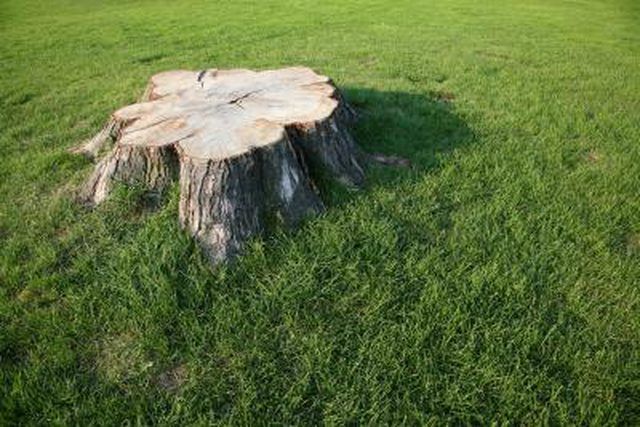Bulbs
Flower Basics
Flower Beds & Specialty Gardens
Flower Garden
Garden Furniture
Garden Gnomes
Garden Seeds
Garden Sheds
Garden Statues
Garden Tools & Supplies
Gardening Basics
Green & Organic
Groundcovers & Vines
Growing Annuals
Growing Basil
Growing Beans
Growing Berries
Growing Blueberries
Growing Cactus
Growing Corn
Growing Cotton
Growing Edibles
Growing Flowers
Growing Garlic
Growing Grapes
Growing Grass
Growing Herbs
Growing Jasmine
Growing Mint
Growing Mushrooms
Orchids
Growing Peanuts
Growing Perennials
Growing Plants
Growing Rosemary
Growing Roses
Growing Strawberries
Growing Sunflowers
Growing Thyme
Growing Tomatoes
Growing Tulips
Growing Vegetables
Herb Basics
Herb Garden
Indoor Growing
Landscaping Basics
Landscaping Patios
Landscaping Plants
Landscaping Shrubs
Landscaping Trees
Landscaping Walks & Pathways
Lawn Basics
Lawn Maintenance
Lawn Mowers
Lawn Ornaments
Lawn Planting
Lawn Tools
Outdoor Growing
Overall Landscape Planning
Pests, Weeds & Problems
Plant Basics
Rock Garden
Rose Garden
Shrubs
Soil
Specialty Gardens
Trees
Vegetable Garden
Yard Maintenance
How to Extract Potassium Nitrate From Soil
How to Extract Potassium Nitrate From Soil. Potassium nitrate, or salt peter (also known as saltpetre), as it was historically called, has been extracted from the earth for hundreds of years. It has been and is most often used as an oxidant for fuses and fireworks, but it has garden and horticultural uses as well. It can provide nitrogen and...

Potassium nitrate, or salt peter (also known as saltpetre), as it was historically called, has been extracted from the earth for hundreds of years. It has been and is most often used as an oxidant for fuses and fireworks, but it has garden and horticultural uses as well. It can provide nitrogen and potassium to plants, which are two of the three required macronutrients, and it is also the most common elements of most commercial stump removers. Purchasing potassium nitrate is far easier and probably more cost-effective than making it yourself, but it can be done. It is extracted from manure as opposed to soil.
Things You'll Need
Gloves
Shovel
Manure
Wood ash
Green materials such as lawn clippings or leaves
Straw
Cinder blocks
Tarp
Plywood sheets
Animal urine
5-gallon bucket with holes punched in bottom (plastic or metal)
Cheesecloth or other sieve-like material
Pot to boil up to 2 gallons of water
Water
Collection pan to be placed under bucket
Black or dark-colored buckets
Preparing the Pile
Put sheets of plywood down where the pile of manure is to go. The plywood will prevent the liquid that you pour over the pile from going back into the soil.
Mound the pile of manure over the top of the plywood. The pile can be as high as 6 or 7 feet.
Mix green materials -- such as leaves and grass clippings -- and straw into the pile to increase its porosity and oxygen flow. Up to half of the pile can be green materials.
Build a protective structure around the pile. Stack rows of cinder blocks in a staggered pattern on either side of the pile to form the side walls. Spread a tarp over the top to act as a roof. Place an additional row of cinder blocks to hold the tarp down. The structure will protect the pile from wind and rain.
Pour cows' urine -- or the urine of other farm animals -- over the pile. You will need to add urine at least once per week for up to four months to extract the potassium nitrate.
Extracting the Potassium Nitrate
Scrape the yellow crust off of the top of the pile with a shovel. The crust is the potassium nitrate crystals forming on the pile's surface. The crystals will form after months of pouring urine over the top of the pile.
Place alternating layers of wood ash and cloth onto the bottom of a bucket with holes in the bottom. Start with a layer of cloth. Add a thin layer of ash over the cloth, and then add another layer of cloth. The cloth and wood ash will act as a filter.
Put the crusted material into the bucket with a shovel. Gloves should be worn. Fill about three-quarters full. Place the bucket onto two cinder block set apart the width of the bucket so that the liquid that runs through can be collected underneath.
Boil 2 gallons of water.
Place collection pan under bucket. Pour boiling water over the top of the material in bucket.
Place the collected liquid into black plastic or metal buckets so that the excess water can evaporate. The resulting salts and residue left behind will be potassium nitrate.
Tips & Warnings
Due to potassium nitrate's main use as an accelerant in explosive materials, always handle it carefully. Prior to manufacturing, check local laws to make sure it is legal to collect it where you live.
If you plan to use potassium nitrate as a fertilizer, do so sparingly, as the potassium content is extremely high and can potentially burn plant roots if used in too high a concentration.